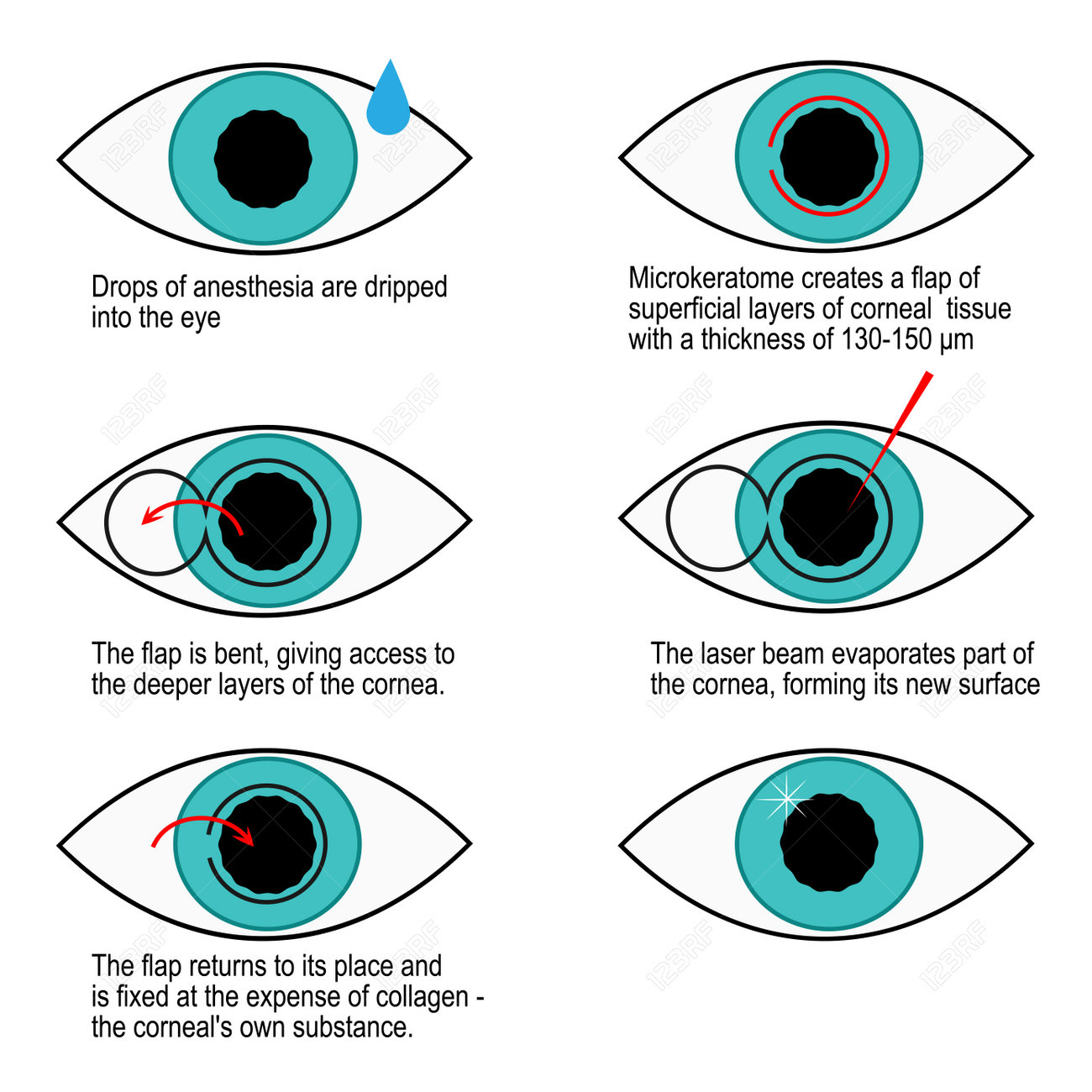Just How Does SMILE Eye Surgical Treatment Contrast To LASIK And PRK?
Just How Does SMILE Eye Surgical Treatment Contrast To LASIK And PRK?
Blog Article
Web Content Writer-McElroy Wilder
If you've been thinking about SMILE eye surgical procedure, you could ask yourself just how it compares to LASIK and PRK. Each treatment has its own collection of advantages and factors to consider. From quicker recuperation times to prospective threats, there are key differences you should be aware of before deciding. Recognizing these distinctions will certainly aid you make an enlightened option that straightens with your details needs and assumptions. Interested to recognize more regarding exactly how these treatments contrast in detail? Keep on discovering to gain a detailed understanding of SMILE, LASIK, and PRK.
SMILE Eye Surgical Treatment Summary
If you're thinking about SMILE eye surgery, you'll find it to be a minimally invasive procedure with a fast healing time. Throughout SMILE (Little Incision Lenticule Removal), a laser is made use of to produce a tiny, precise cut in the cornea to remove a little piece of cells, improving it to fix your vision. This differs from LASIK, where a flap is developed, and PRK, where the outer layer of the cornea is totally eliminated.
One of the crucial benefits of SMILE is its minimally intrusive nature, bring about a faster recovery procedure and much less discomfort post-surgery. The healing time for SMILE is relatively fast, with many patients experiencing enhanced vision within a day or more. This makes it a popular option for those seeking a hassle-free and efficient vision adjustment treatment. Furthermore, Kwong has actually been shown to have a lower risk of completely dry eye disorder compared to LASIK, making it a positive option for people concerned about this potential side effect.
Differences In Between SMILE, LASIK, and PRK
When contrasting SMILE, LASIK, and PRK eye surgeries, it is essential to comprehend the distinctive techniques utilized in each procedure for vision modification.
SMILE (Tiny Laceration Lenticule Removal) is a minimally intrusive treatment that entails producing a little laceration to draw out a lenticule from the cornea, reshaping it to fix vision.
LASIK (Laser-Assisted In Situ Keratomileusis) includes developing a thin flap on the cornea, making use of a laser to improve the underlying tissue, and afterwards repositioning the flap.
PRK (Photorefractive Keratectomy) gets rid of the outer layer of the cornea prior to improving the tissue with a laser.
The primary distinction depends on the method the cornea is accessed and dealt with. SMILE is flapless, making it a good choice for individuals with slim corneas or those associated with contact sports. LASIK offers rapid aesthetic recuperation because of the flap production, but it might present a greater risk of flap-related difficulties. PRK, although having cataract surgery what age healing period, prevents flap-related problems altogether.
Understanding these variances is critical in choosing the most suitable procedure for your vision correction requirements.
Pros and Cons Contrast
To evaluate the advantages and downsides of SMILE, LASIK, and PRK eye surgeries, it's essential to consider the specific advantages and possible limitations of each treatment. SMILE surgical treatment provides the benefit of a minimally invasive treatment, with a smaller laceration and possibly quicker recuperation time contrasted to LASIK and PRK. It additionally reduces the threat of dry eye post-surgery, an usual adverse effects of LASIK. However, SMILE may have constraints in dealing with higher levels of nearsightedness or astigmatism contrasted to LASIK.
LASIK surgical treatment supplies rapid aesthetic recovery and very little pain throughout the procedure. It's extremely reliable in dealing with a wide range of refractive errors, consisting of myopia, hyperopia, and astigmatism. Yet, LASIK brings a risk of flap problems, which can affect the corneal structure.
PRK eye surgery, while not as preferred as LASIK, prevents creating a corneal flap, minimizing the danger of flap-related problems. It appropriates for patients with thin corneas or irregular corneal surface areas. Nonetheless, PRK has a longer recovery time and might entail more pain throughout the healing procedure.
Final thought
So, when it involves picking in between SMILE, LASIK, and PRK, consider it like choosing the perfect pair of footwear. SMILE is like a sleek, comfortable pair of tennis shoes - quick and simple.
LASIK is a lot more like stylish high heels - flashy and fast, however with some prospective dangers.
PRK resembles durable hiking boots - reputable and long lasting, yet calling for a little bit more time and effort.
Eventually, the very best choice relies on your specific needs and choices.
